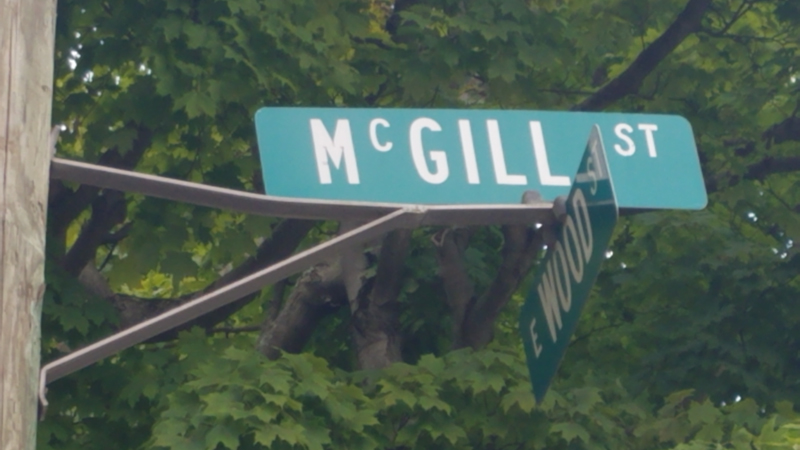McGillsville: Lowellville's riverside village

By GRAIG GRAZIOSI
ggraziosi@vindy.com
LOWELLVILLE
If it seems as if the portion of Lowellville south of the Mahoning River is markedly different from the northern section, that’s because at one time it was a completely different community.
Though it may be no surprise to historically literate Lowellville residents, the riverside village used to be two communities, separated by the river.
Until Lowellville’s incorporation in 1890, the community north of the river was the village of Lowell, and south of the river was McGillsville.
In 1800, John McGill moved to the region from Pennsylvania and became the first person to settle into the area along the Mahoning River that is now home to Lowellville.
McGill – who had fought in the Revolutionary War with the Pennsylvania Militia before traveling to Ohio – bought 200 acres and built a grist mill, where grains were ground into flour and middlings.
As the mill attracted more people, a small community formed near the river, eventually taking on the name McGillsville.
Today, McGill and his family are remembered as the namesakes of McGill Street in Lowellville.
Roslyn Torella, a Lowellville native and the author of “Lowellville, Ohio: Murders, Mayhem and More,” a history of some of the area’s colorful stories, said that as the dawn of the 1900s approached, Italians became more prevalent in McGillsville.
“Based on the census between 1900 and 1910, the South Side was mostly Italian, Slavic and Western European,” she said. “The North Side was primarily Irish, German and Swiss.”
Lowellville’s Mount Carmel Society – which hosts the village’s annual summer festival featuring the Baby Doll Dance – was founded by Agostine Vespasian, the area’s first Italian immigrant, just five years after McGillsville was incorporated into the village.
The society was established to provide services — including shelter — to Italian immigrants as they settled in the area.
Though the riverside community of McGillsville no longer exists, it’s still remembered on an aged map hanging in city hall showing the different communities bisected by the river.
 43
43
